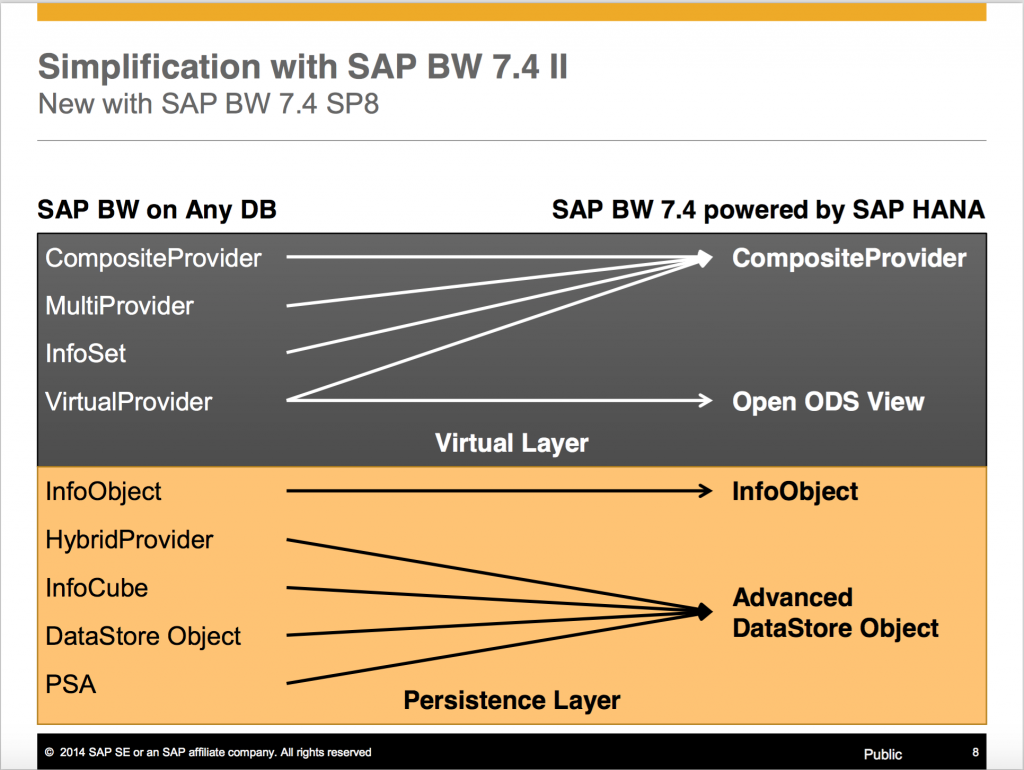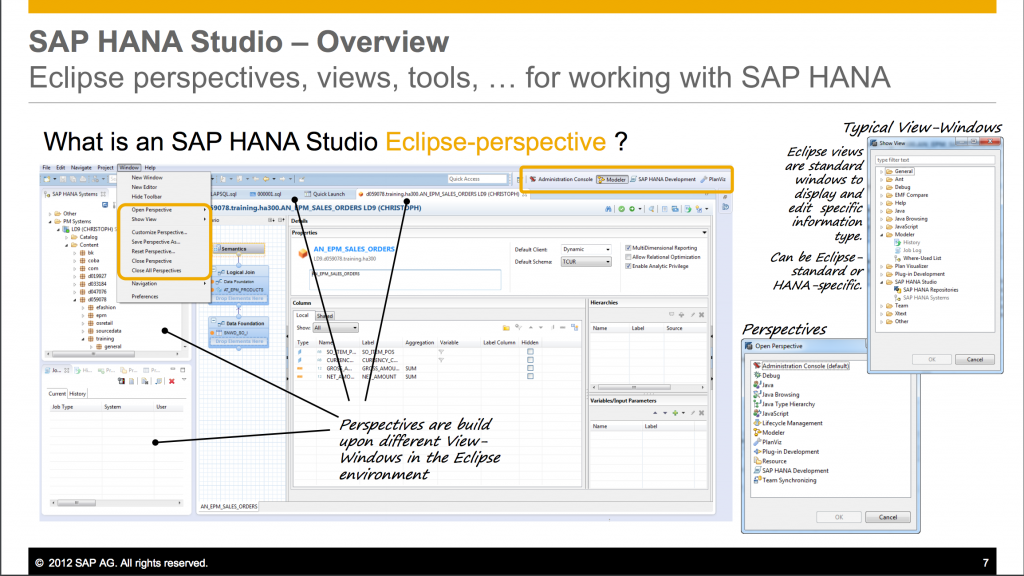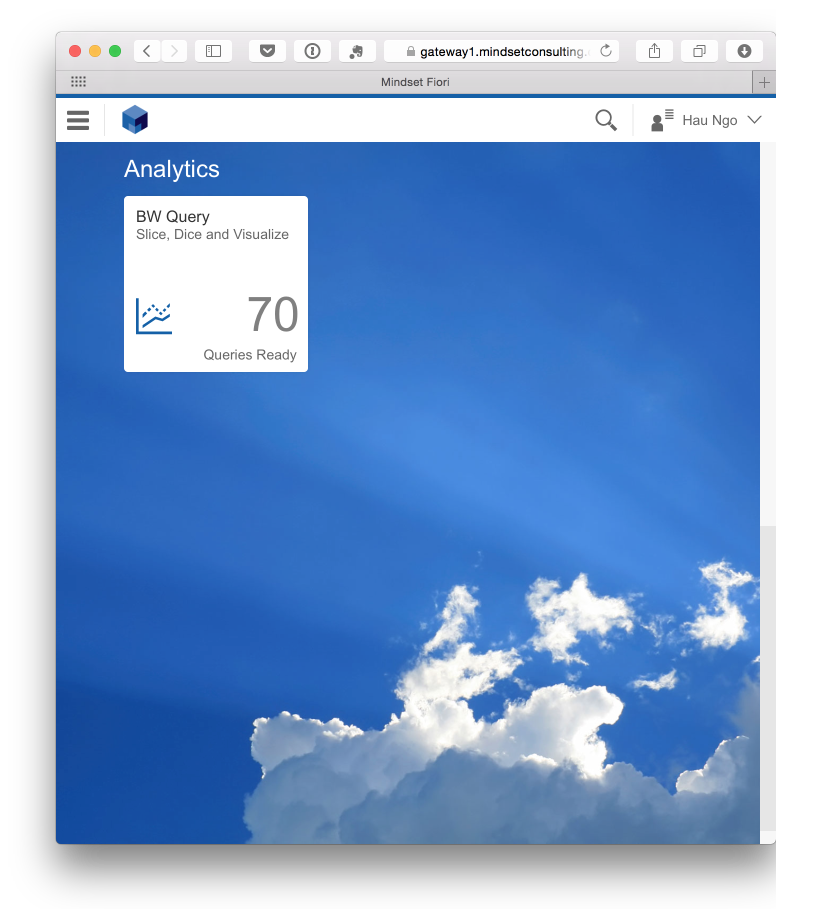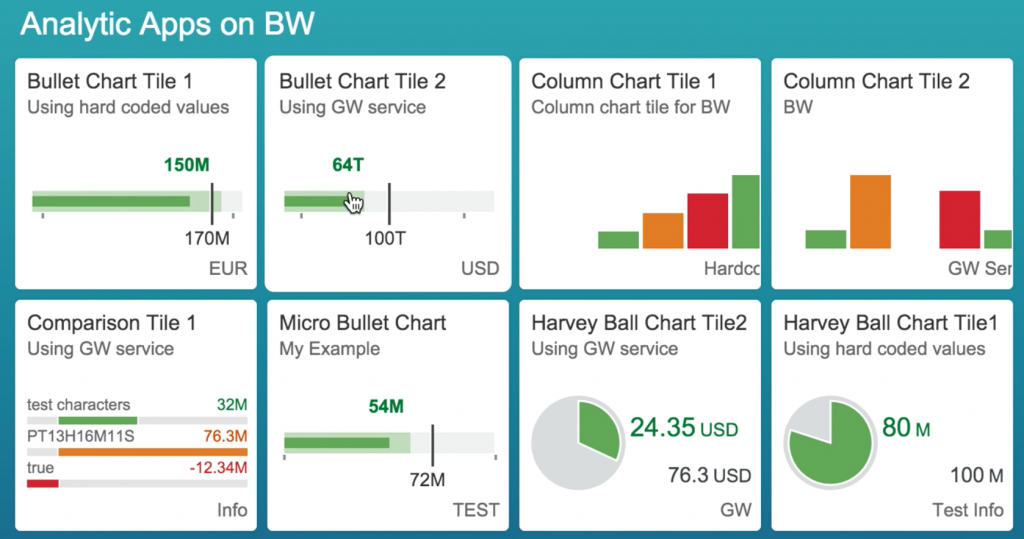
“Where can I learn more about SAP HANA?”
For the past year, I’ve been asked similar questions by my peers.
We live in the digital era, but it’s not the information super-highway that was foretold 10 or 20 years ago.
No, it’s more like the information fire-hydrant. The volume of information and the speed in which it is traveling is staggering.
If you wanted to learn more about SAP HANA for example, where do you start?
Here is a list of resources
- Firstly, SAP Marketing Material – https://hana.sap.com/abouthana.html
- Secondly, SAP Online Help Documentation – https://help.sap.com/hana
- Thirdly, SAP Master Guides (PDF) – https://help.sap.com/hana_platform
- SAP Video Tutorials (MP4) – https://www.youtube.com/user/saphanaacademy
- SAP Books (Hardcover & eBooks) – https://www.sap-press.com/hana/
- Finally, America’s SAP User Groups (online and in-person) – https://new.asug.com/
Growing Interest for SAP HANA
In stark contrast from one year prior where my peers and customers were taking a “wait and see” approach, questions about SAP HANA are being raised more frequently within my network.
From Basis Resources who are curious about the database sizing and upgrade lessions, to the Application Developers who question about the future of Business Warehouse versus native-HANA development, to managers and directors who are looking at upcoming upgrade plans and future development needs, the interest in HANA has grown significantly.
It’s no longer a “maybe” but a “when”. Half of my former customers are already on a BW on HANA environment. The other half have plans for upgrade projects later this year.
Addition Resources for BW Developers
As an applications developer, it’s imperative that you’re aware of the coming changes so that you can quickly adapt. For my fellow BW Developers, here are 2 resources that will put you ahead of the other specialists in the BW on anyDB landscape.
1. BW on HANA concepts – https://open.sap.com/courses/bwhana1-1
Moving from a physical data warehouse (on anyDB) to logical data warehouse (on an in-memory database) requires a new way of thinking in order to fully utilize the system resources. This is a great course to quickly become familiar with the new concepts.

2. Native HANA concepts – https://saphanatutorial.com/sap-hana-modeling/

I’ve chosen to list the BW on HANA online course first because it’s the most natural progression path for an existing BW environment.
There are a number of technical issues with an embedded environment (ECC plus BW). A colleague published an article about the risk, system architecture, and upgrade schedule. You can read more about it here: https://www.linkedin.com/pulse/going-s4-hana-what-do-i-my-bw-dae-jin-swope
Most customers are risk-adverse, so they will most likely choose to leverage the HANA platform as an analyticial accelerator.
The second choice, native HANA, seems to be popular with new (or greenfield) installations. A customer explained it to me as a cost-saving measure since they did not wish to pay the BW on HANA licensing fees.
While native-HANA environments cannot leverage the existing body of predefined business content that is available for BW, more standard content is delivered in native HANA models with each release.
Because the development concepts are wildly different, the approach to learning more about HANA depends on your skill set.
My Advice for Classic SAP BW Developers
Learning BW on HANA concepts is ideal for the existing BW on anyDB developer. RSA1 along with SAPGui will remain the screens where you do most of your work. HANA Studio will be used for the new constructs such as Composite Providers, Advanced DSO(s), and Open ODS Views.
Once you’ve become familar with the BW on HANA concepts, then I would urge my fellow BW Developers to understand the native-HANA concepts.
Data modeling as you’ve come to know it has given way to a new type of thinking.
The concept of columnar data storage has all but eliminated the need for parsing data into descrete dimensions (in order to optimize reading performance).
In addition, data loading and transformation is no longer done on a layer by layer basis such as PSA to propagation layer to harmonization layer to reporting layer, where data is moved and stored at each stage.
The concept of a logical data warehouse and information views is counter to what we have done in the past. However, the understanding of these new approaches are needed in order for us to quickly adapt in this changing environment.
Next Steps & A Glimpse
Of course, this is all conceptual.
To drive the point home, consider how SAPGui has been the interface for SAP transactions for the past 30+ years. Fiori, announced only 2 years ago, uses modern user-experience principles and is quickly adopted.
Whether your team is in the process of mapping the upgrade path to SAP HANA or if you’re ready to reap the benefits of a in-memory system, the information available to you is astounding. The resources that I had listed above should help.
If you would like to know more about how our customers are using SAP HANA to increase their bottom line, then please let me know. Here’s the direct line to my inbox: haungo@mindsetconsulting.com
In the meantime, check out this cool article and video of the things we’re working on for our clients to realize the benefits of the new paradigm. I can’t wait to share with you even more exciting things cooking in our SAP Labs.
Until next time!
Hau
BW for Fiori – https://mindsetstg.wpengine.com/bw-query-for-fiori-one-tile-to-rule/

BW KPI(s) as Fiori Dashboard Tiles – https://mindsetstg.wpengine.com/bw-for-fiori-new-features-2/

If you are interested in viewing similar articles, visit our blog, here.
View our LinkedIn, here.